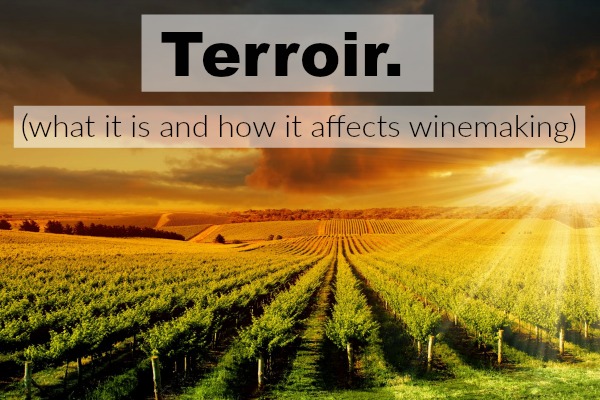
Getting involved with wine means learning new words. Words like “terroir.”
It’s not what it looks like at first glance, which for most people is probably the word terror, as in terrifying. It’s actually French in origin and is pronounced te-RWAHR, similar to the noir in Pinot Noir. The word lacks an exact English translation, but basically it represents the overall environment in which grapes are grown. This would include soil, climate, geography, precipitation, and a host of other location-specific factors. It is a commonly used term and a critical concept within the wine community.
Terroir in Idaho
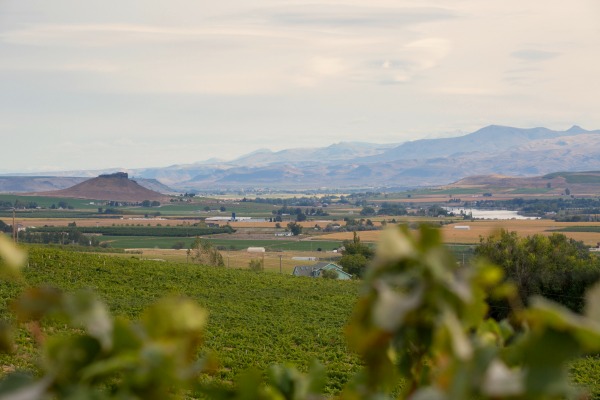
I’ll use my home state to give you a better understanding of terroir. Idaho is part of the Pacific Northwest, but it’s not a coastal state. We experience four full seasons. Weather throughout the state can be kind of weird – overcast, chilly mornings that turn into bright sunny afternoons and vice versa. Warm days might be followed by cool nights. Summer months are H-O-T! Precipitation levels tend to be moderate in the valleys, but it’s not unusual to see snow on the mountains well into June. Huge swaths of acreage are maintained as arable land to support numerous farming operations, while other geographic areas have been clearly marked by a history of volcanic activity. There are abundant rivers and lakes as well as a vast flood plain.
ALL of that stuff is terroir.
How Terroir Affects Wine Regions
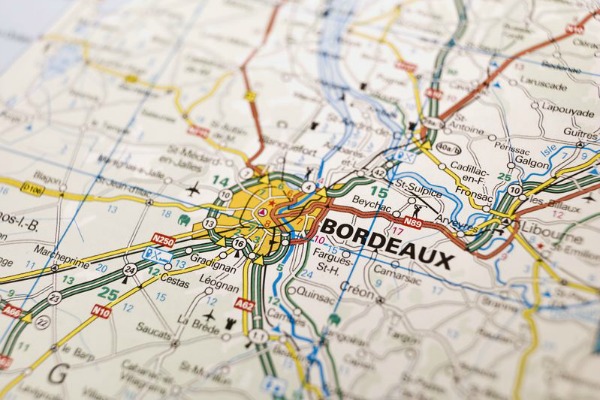
Although many wine regions share similar qualities, each is unique in terms of terroir.
Once the terroir in a specific wine region has been proven special, it receives official designation, known as an appellation. Here in the United States we call these American Viticulture Areas (AVAs), but they are known by a variety of names throughout the world.
In some places there may be several appellations within one wine region. It’s even possible for adjacent vineyards to be in different AVAs! This allows winemakers to make very specific choices when selecting grapes.
How Terroir Affects Grapes
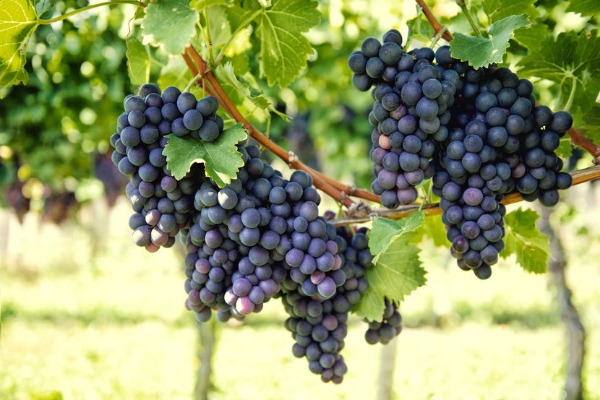
Some grapes, such as Nebbiolo from northern Italy, are only grown in certain regions and are rarely seen elsewhere, partly due to the terroir in which they are grown. These varietals are known as indigenous.
Grapes that can be cultivated in more than one country and continent are known as international. Leading varietals in Idaho include Riesling, Pinot Gris, Chardonnay, Cabernet Sauvignon, Merlot, and Syrah. All of these grapes originated in a different country.
Though international varietals are able to thrive in various places around the world, they tend to showcase different characteristics based on the where they are grown. For example, Malbec originated in France, but is now more famously associated with Argentina because its environment contributes to a more darkly colored, plum-flavored wine. The grape doesn’t change; it just absorbs the terroir differently.
Terroir in Your Glass
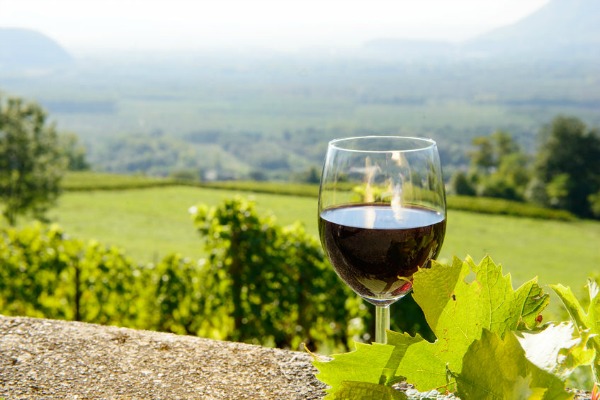
While some aspects of terroir in your glass of wine remain lively topics of conversation and debate in the wine world (can you really taste the minerality from different soils?) there are some truths that reveal themselves by way of terroir.
Namely, warmer climates tend to produce grapes with more sugar, which leads to higher alcohol content. Whereas cooler climates produce wines with lower sugar levels, creating higher acidity.
The Terroir Challenge
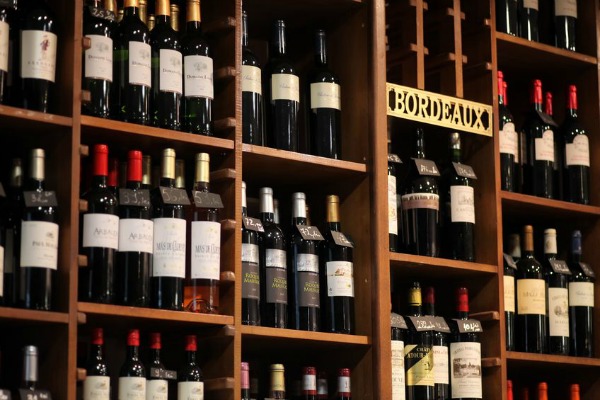
My challenge to you is: next time you buy and then drink wine, think about the environment from which it came. Is the climate cool or warm? Are the grapes from the coast, desert or somewhere in between? Is the place of origin known for rain, fog, or constant sunshine? If you have been to the state or country in which the wine was made, go back there in your mind, remember what the land felt like, and experience the terroir in your wine!
Cheers!

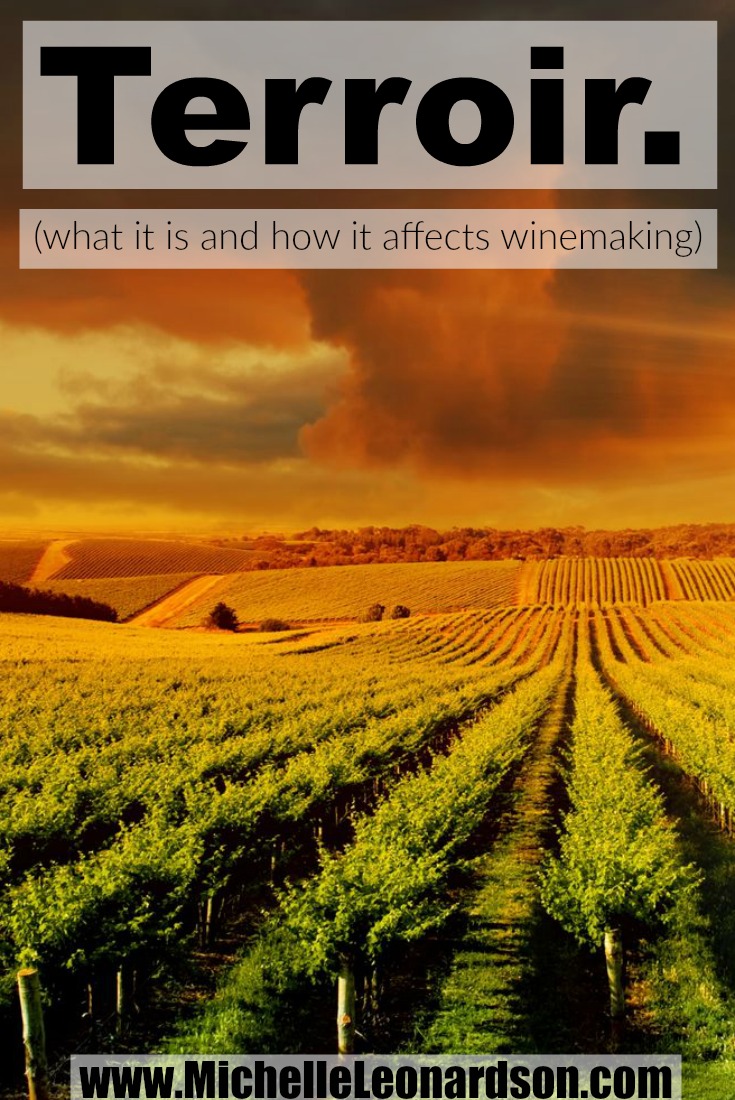
Awesome info, this was a great read!
Thank you Darcy!